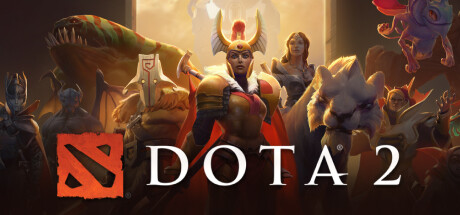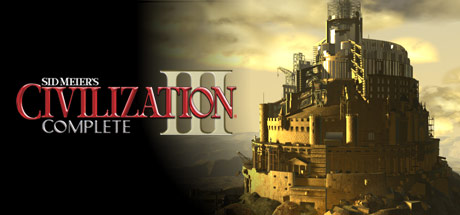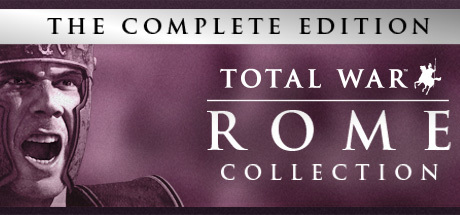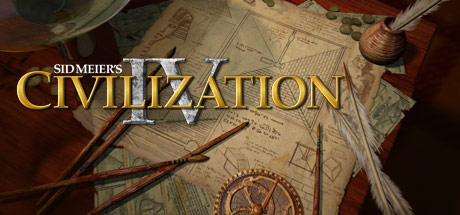Playtime:
1518 minutes
Grand Tactician: The Civil War (1861-1865), developed by Oliver Keppelmüller and his small indie team, is an ambitious, richly detailed grand strategy game that attempts to simulate the full scope of the American Civil War. Blending large-scale strategic planning with real-time tactical battles, the game offers an intricate experience that few historical strategy titles dare to tackle at this level of complexity. Released on Steam after a long early access period, Grand Tactician is not a polished mainstream product, but rather a labor of love aimed squarely at history enthusiasts and strategy purists. Its steep learning curve, overwhelming scope, and occasional rough edges are all part of the experience, but so too are moments of incredible immersion and rewarding depth.
The game is divided into two interlinked layers: a grand strategy campaign map and a real-time tactical battle system. On the strategic level, players choose to lead either the Union or the Confederacy through one of several campaign scenarios, beginning at different stages of the war. From there, they must manage the political, economic, and military machinery of a divided nation. This involves everything from appointing generals and organizing armies to managing infrastructure, passing legislation, and navigating foreign diplomacy. The level of historical fidelity is impressive—key figures from the era are represented, and the strategic decisions available to the player reflect the political realities of the time. Whether managing the industrial juggernaut of the North or the resource-starved Southern Confederacy, players must constantly adapt to shifting conditions and long-term consequences.
Where Grand Tactician truly distinguishes itself is in how the strategic and tactical layers interact. Army movement on the campaign map is realistic, with units needing time to muster, move, and engage. When armies clash, the game transitions into a full-fledged real-time tactical battle that can last several in-game days. These battles are where the game’s strengths and weaknesses both come into sharp relief. Players are given command of thousands of troops across expansive, historically accurate maps. Terrain, fatigue, morale, and command structure all play crucial roles in determining the outcome of engagements. The command delay mechanic—where orders take time to reach subordinate units—adds a level of realism that makes battlefield control feel authentic and challenging. Battles unfold slowly and require foresight, patience, and discipline, rewarding players who embrace the tempo of 19th-century warfare rather than trying to micro-manage every regiment like in a traditional RTS.
Visually, the game is functional rather than flashy. The campaign map is beautifully illustrated, capturing the look of 19th-century cartography with muted earth tones, hand-drawn elements, and period-accurate styling. Tactical battles use a more utilitarian 3D engine that, while not cutting-edge, serves its purpose. Units are represented with historically correct uniforms, flags, and formations, and the environments—ranging from dense forests to rolling farmlands and river crossings—are rendered with enough detail to support strategic positioning and maneuvering. The UI, while sometimes clunky and unintuitive, provides a wealth of information, from unit stats and supply lines to detailed reports on national morale and political trends. However, new players may find themselves overwhelmed without external guides or significant trial and error.
The historical atmosphere is further reinforced by a stirring original soundtrack composed by Wasyl Dvorak, which features period-appropriate arrangements of traditional American folk songs and military marches. These tracks, along with newspaper headlines, speeches, and changing political climates, help immerse players in the cultural and emotional context of the war. Whether you’re watching Maryland teeter toward secession or dealing with an army crippled by desertion and hunger, the game excels at making you feel the weight of command. The AI, though inconsistent at times, can be competent and occasionally surprising—especially in longer campaigns where it adapts to your strategies and economic decisions.
Grand Tactician is not without flaws. The complexity that defines its appeal can also be a barrier to entry. The tutorial is sparse, the interface sometimes cumbersome, and bugs, while fewer than in early access, still crop up in longer campaigns or larger battles. Some mechanics—such as supply systems and naval warfare—lack clarity and can feel underdeveloped compared to the land-based military simulation. Additionally, the game demands significant time investment, not just for a full campaign (which can take dozens of hours), but for learning how its many interwoven systems work together. For those expecting the accessibility of a Total War title, this may come as a shock. However, for players willing to immerse themselves, there are few strategy games that reward attention to detail and historical roleplay to this extent.
Despite its limitations, Grand Tactician: The Civil War (1861-1865) succeeds remarkably well in what it sets out to do: simulate the complexity, chaos, and high stakes of the American Civil War in a way that respects both historical accuracy and player agency. It offers a rare blend of operational-level strategy and real-time battlefield command that allows players to relive one of the most defining conflicts in American history from both the map table and the front lines. It may not be a game for everyone, but for those with a passion for Civil War history and deep strategic planning, it is an unforgettable experience—one of the most ambitious and evocative Civil War games ever created.
Rating: 7/10
👍 : 6 |
😃 : 0









